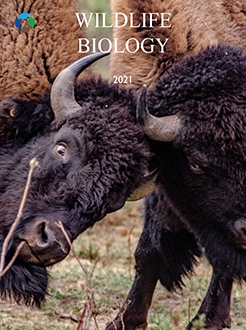Mallard Anas platyrhynchos ecology drives current habitat management strategies for most waterfowl; however, are these management strategies suitable for other dabbling duck species? Migratory waterfowl, in addition to mallards, in the lower Mississippi Alluvial Valley experience heavy hunting pressure, so management strategies should be appropriate for a broader array of species. We investigated habitat associations of dabbling ducks (dabblers) in the Arkansas portion of the Mississippi Alluvial Valley and factors driving winter distributions. We modeled winter aerial survey data over seven years with Bayesian spatio–temporal models to test what landscape covariates most affected dabbler habitat use. We found that dabbler distributions were closely associated with open water, habitat inundated with surface water and agricultural habitat such as rice, soybeans and fallow fields. Surface water extent and rice field extent were the key drivers of high dabbler abundances. These habitat–covariate associations were the same as used by mallards, suggesting landscape management focused on mallards likely is appropriate for dabblers, at least at the broad scale of our study.
How to translate text using browser tools
25 January 2021
Habitat associations of wintering dabbling ducks in the Arkansas Mississippi Alluvial Valley: implications for waterfowl management beyond the mallard
John A. Herbert,
Avishek Chakraborty,
Luke W. Naylor,
David G. Krementz

Wildlife Biology
Vol. 2021 • No. 1
2021
Vol. 2021 • No. 1
2021
aerial survey
Arkansas
dabbling ducks
habitat use
Mississippi Alluvial Valley
spatial random effect
species distribution modeling





